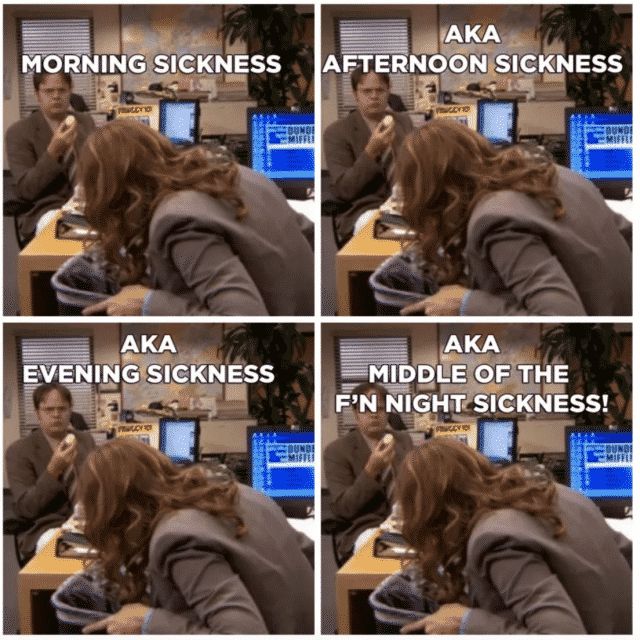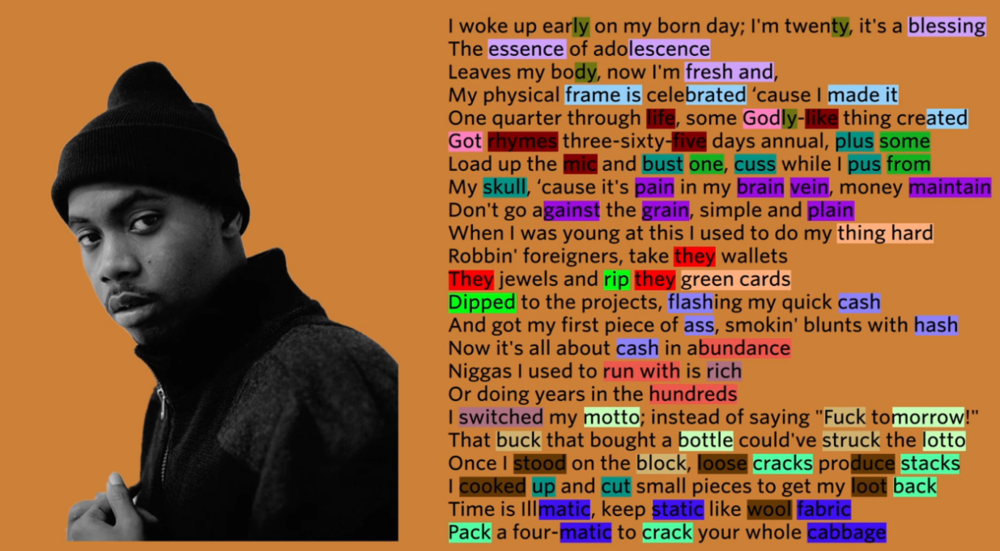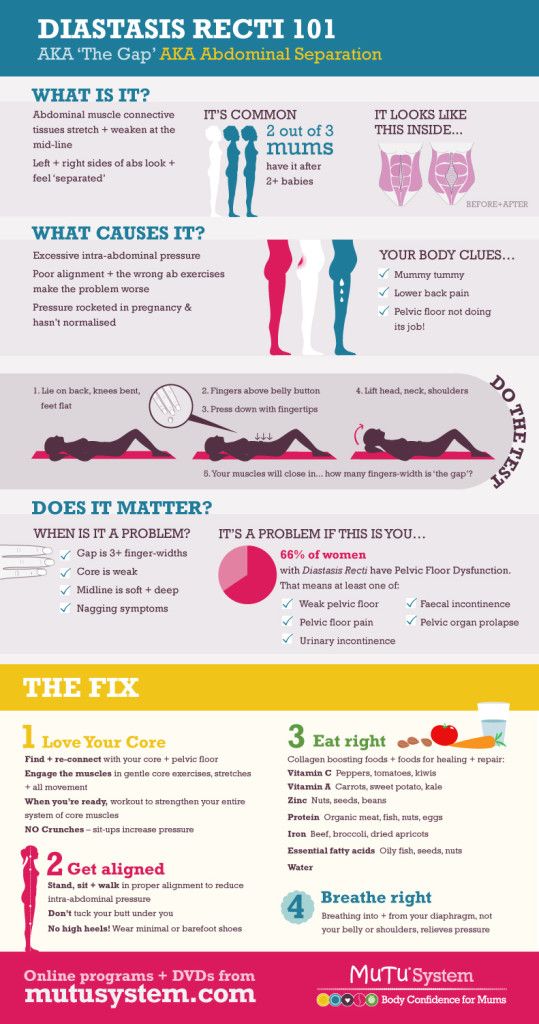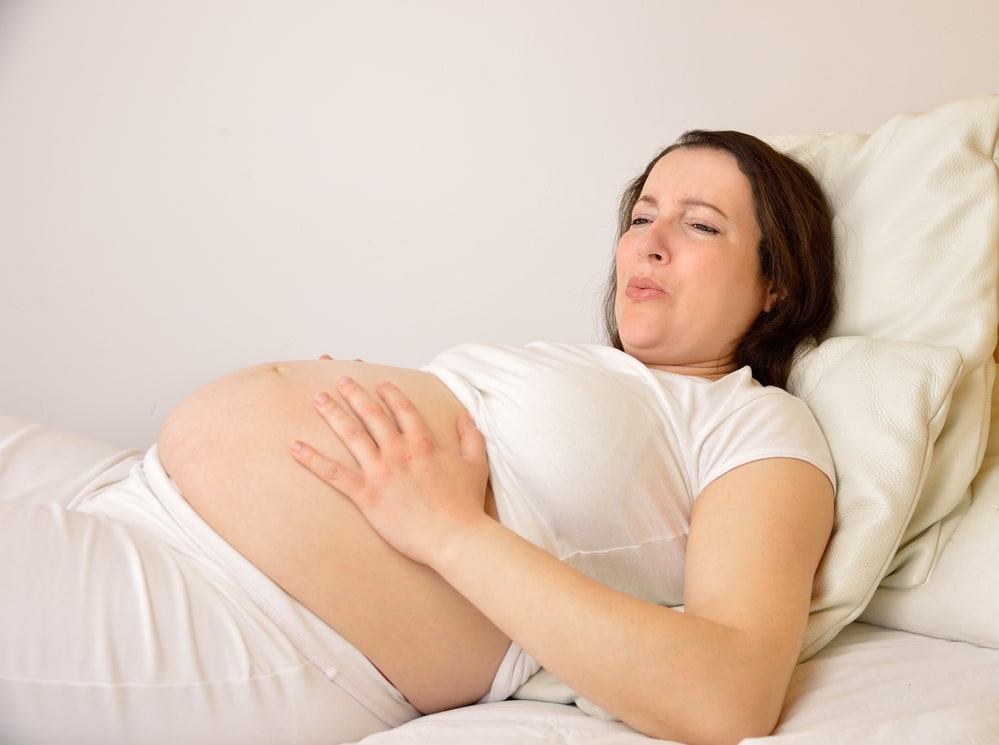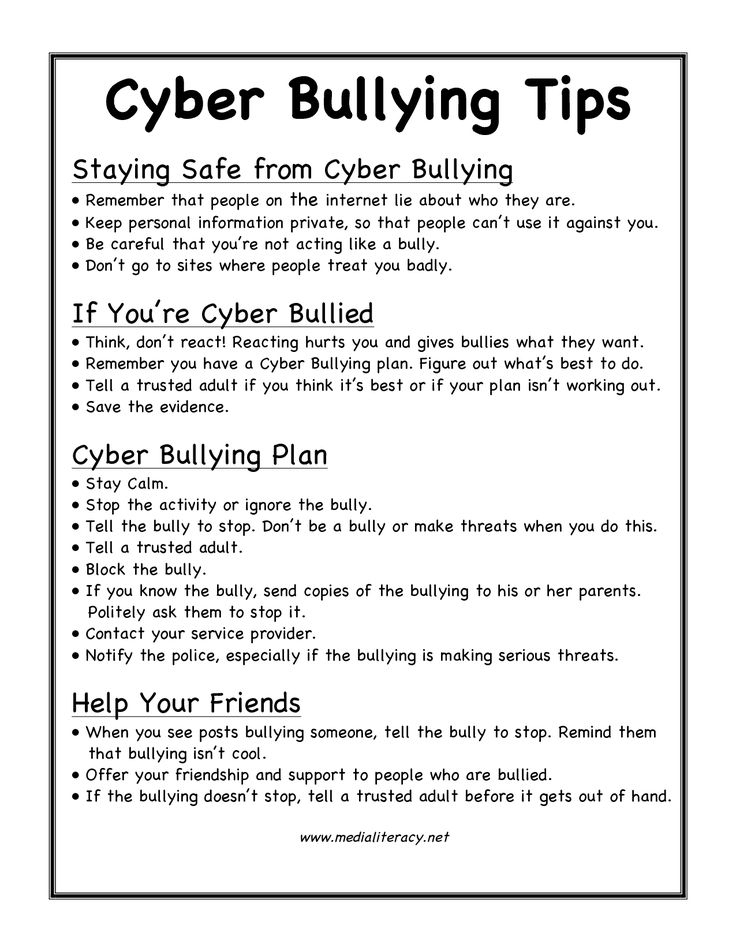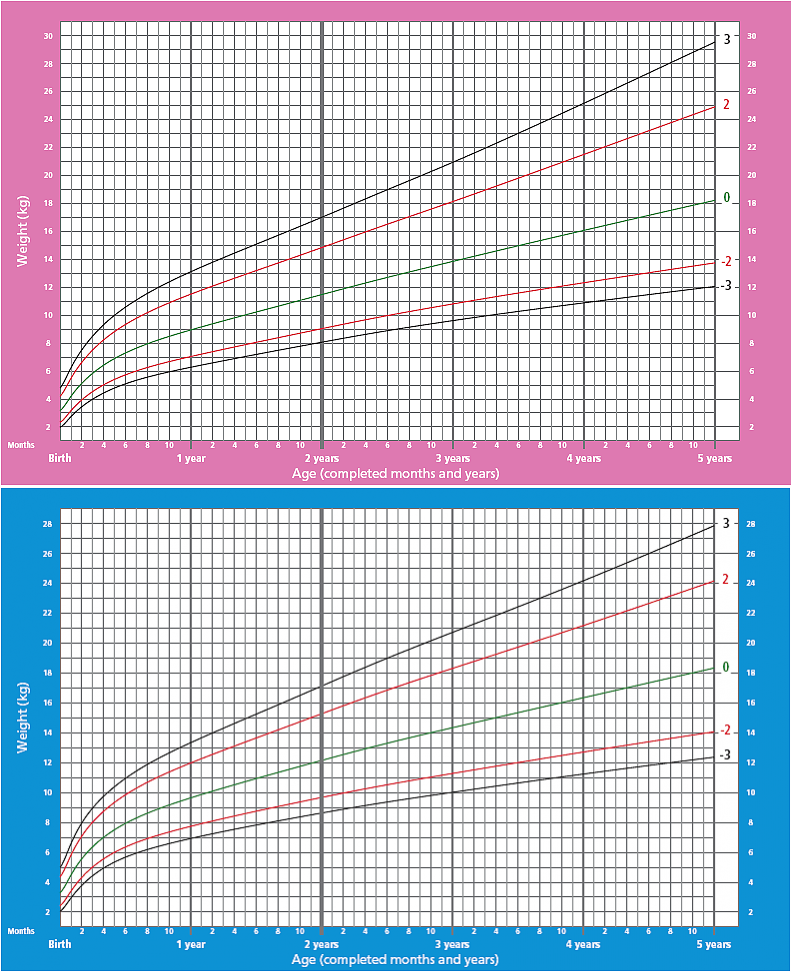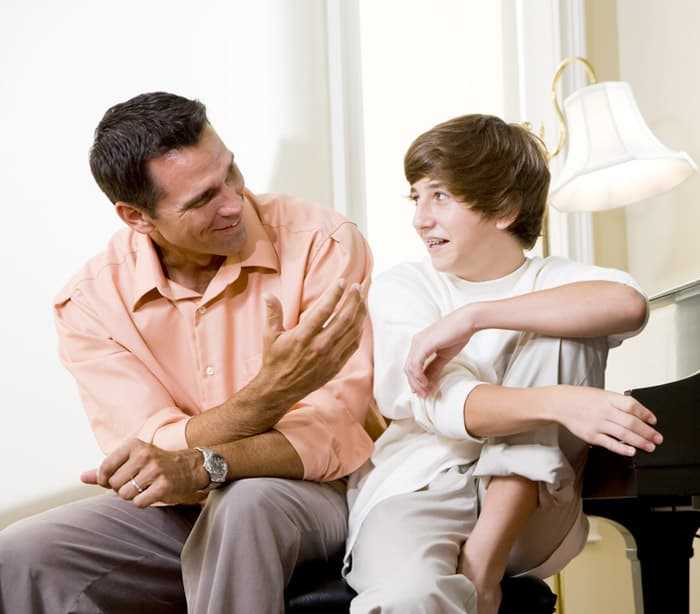When can i use walker for my baby
Right Age for Baby to Use a Walker & Safety Precautions
Now that your baby is showing rapid signs of growth, you must be keen to see him take his first steps. Walking is an important event in the baby’s life and the parents, too, as it signifies independence. To help your baby along this path of discovery and freedom, you may want to encourage him by bringing home a walker.
Video: When Your Baby Can Start Using a Walker (Plus Precautions while Using)
When to Let Your Baby Start Using a Baby Walker
While there is no fixed appropriate age for a baby to use a walker, the baby’s strength, development and size will have to be considered before making a decision. Walkers are usually designed for babies between the ages of 4 to 16 months. Apart from this, the baby needs to be able to hold his head up quite steadily and have his feet touch the floor when placed in the walker, to be able to use it.
Advantages of Baby Walkers
Here are a few pros of buying a walker for your baby:
-
Engaging and Inspiring
Most baby walkers are fitted with simple toys or attractions to keep the baby engaged and busy. They are designed to stimulate mental growth and provide visual stimulation, too. A walker allows you to carry on with your daily tasks since the baby remains engaged with the attached toys.
-
Encourage Babies to Walk
With support at hand, your baby may be encouraged to take his first steps. It helps the baby understand how the standing pose will aid walking, and he will make attempts to get going on his own.
Disadvantages of Using Baby Walkers
Here are a few disadvantages related to the use of baby walkers:
- Babies using walkers may actually reach the walking or crawling milestones later than others who don’t.

- Your baby should follow the roll-sit up-crawl-walk routine for which it is important for him to stay on the floor. This workout helps in strengthening all the muscles needed to stand or walk. A walker may prevent your baby from doing so and impair normal development.
- Objects which are out of reach for a crawling baby may come within reach of a baby in a walker, and this could be the cause of injury.
- Your baby’s toes and fingers could be injured as the walker’s design may have folding parts or hinges.
- A walker with wheels reduces your reaction time if it picks up speed and can lead to an accident.
Does Baby Walker Help Balance?
The natural process of rolling over, crawling, standing, and then walking teaches a baby how to balance himself. When you allow the baby to use a walker, the baby’s position causes him to lean forward from the hip. The child does not have to balance himself in a walker. Whether a baby tips to the side or forward, the walker will prevent him from falling.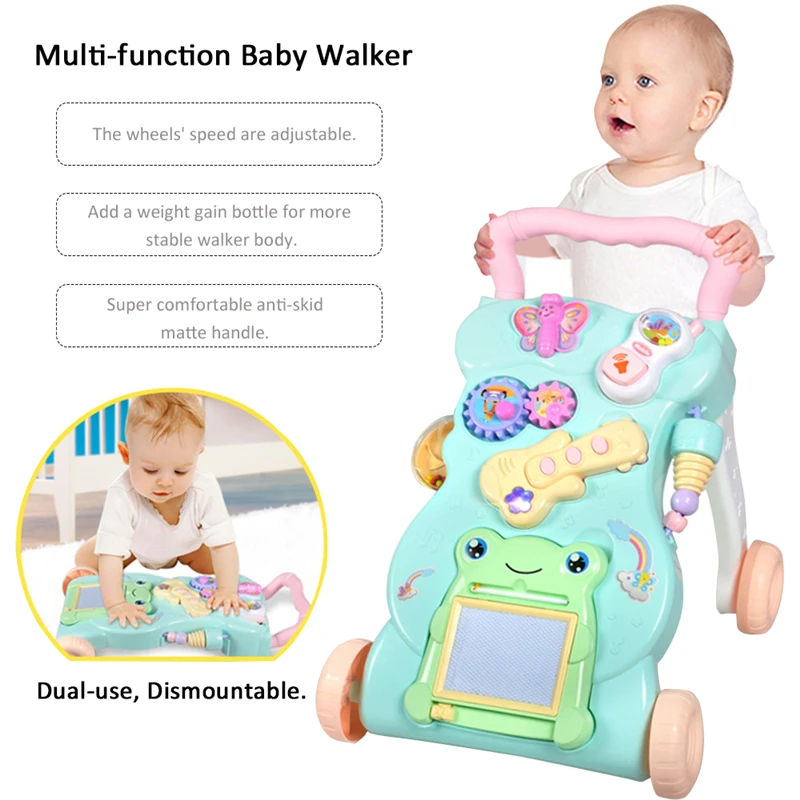 The baby will need to learn to balance himself, afresh.
The baby will need to learn to balance himself, afresh.
Precautions to Take While Making Your Child Use a Walker
It is highly recommended that you address some baby walker safety issues before your child makes active use of one:
• Ensure that the baby walker is used on a flat and even surface only.
• Keep the baby and walker away from staircases and water bodies of any kind
• It is mandatory for you or a responsible adult to be around while the baby is using the walker.
• Remove sharp and pointed objects or surfaces from the vicinity. Heavy or breakable objects should be moved into another area.
As we have seen, baby walkers have their own pros and cons and may often raise the question “are baby walkers safe?” As an alert parent, you will have to take care, so that the advantages can be driven home while the disadvantages can be avoided. It is, after all, a parent’s responsibility to make sure that the baby’s development is unhindered due to the use of such objects.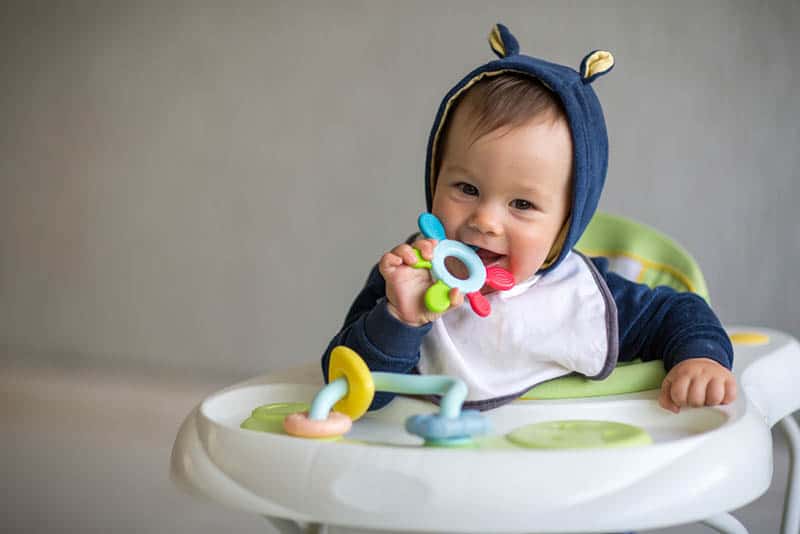
Also Read: Baby Walking Signs
When Is The Best Time For A Baby Walker
Skip to content
13 Oct 2021
When Is The Best Time For a Baby Walker
As a parent nothing makes you more proud than to see your baby grow and learn new skills. From your baby’s first smile to their first time crawling. All these major milestones are wonderful signs of your little one’s development and path of discovery and freedom. As your baby continues to grow, the next major milestone you’re probably keen to see is your baby taking their very first steps.
At this stage of your baby’s life, a baby walker can be a great tool and device to help your little one on that path. Although you might be wondering “When can my baby start using a baby walker?.
In this guide we are discussing the things to take into consideration and some of the signs that show your baby is ready to start using a baby walker.
What Are Baby Walkers?
Baby walkers are devices designed to give babies mobility while they're learning to walk. They are designed to provide additional stability, which allows them to maneuver and get around the house. Even though baby walkers encourage mobility, it’s important for parents to understand that the developmental pace of every child is different. Some babies start walker around 9 months and some after 12 months. Your baby will start walking on their own when they are ready.
They are designed to provide additional stability, which allows them to maneuver and get around the house. Even though baby walkers encourage mobility, it’s important for parents to understand that the developmental pace of every child is different. Some babies start walker around 9 months and some after 12 months. Your baby will start walking on their own when they are ready.
How To Safely Use Baby Walkers?
When using a baby walker, always make sure you remove (sharp) objects, stumbling blocks or anything else that might cause injuries. It’s important to never allow your child to use a baby walker unattended. Always make sure you’re within arms reach so that you can guide your little one and prevent any injuries from taking place.
Some studies show that using a baby walker might cause babies to reach their walking milestone later than others who don’t. This is usually the case when babies do not spend enough time on the floor crawling and exploring. A baby walker should not replace a child’s natural process of development - Allow your baby to spent enough time to play, roll and crawl around.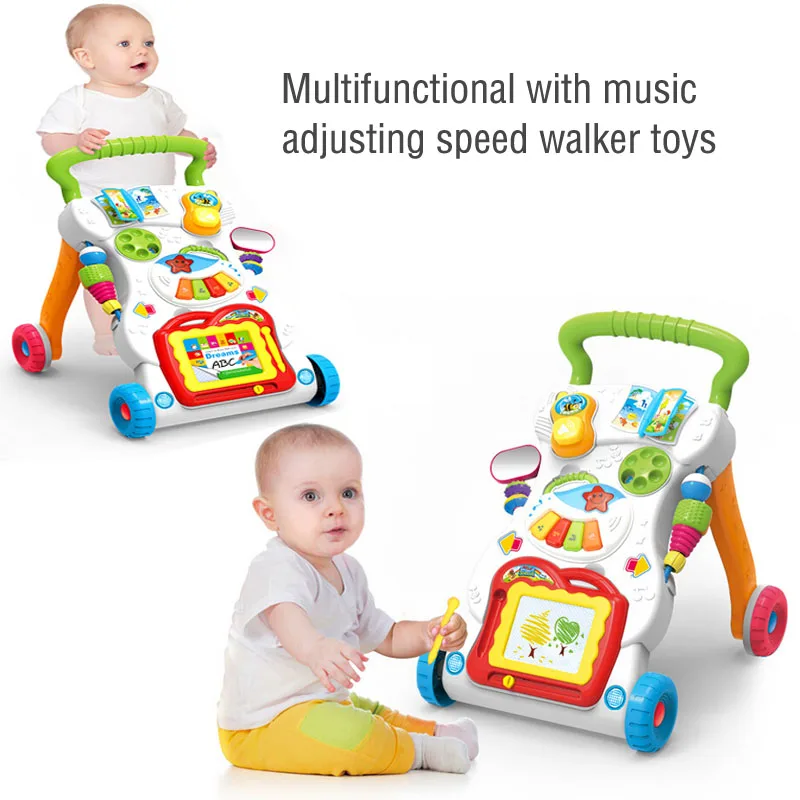 Essentially, don’t allow your little one to sit in their baby walker for hours. 10 to 15 minutes a day (or every other day) should be a good amount of time.
Essentially, don’t allow your little one to sit in their baby walker for hours. 10 to 15 minutes a day (or every other day) should be a good amount of time.
When Is the Best Time?
- Head stability: Your baby should have full control of their head and be able to hold his or her head up without any additional support.Babies usually start holding their head up by 6 months - which is when they gain enough strength in their neck and upper body and are able to sit up with minimal or any support.
- Age: The recommended age is 6 to 8 months before your baby starts using their walker.
- Mobility: Your baby should have some level of mobility developed already. For example, your little one should be a good crawler and able to get around or have the ability to stand in their crib or on their own.
- Positioning: When using a seated baby walker it’s important that your baby’s feet are able to touch the floor.
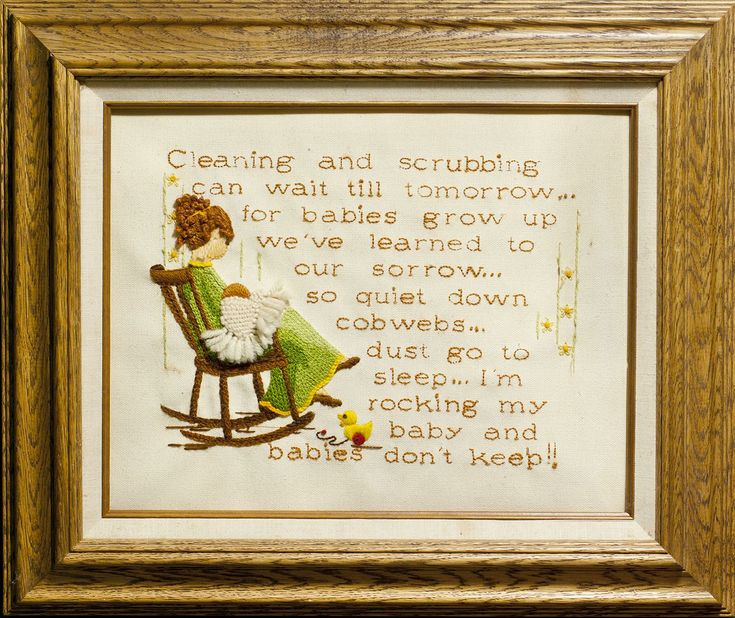 If your baby’s feet are hanging while sitting in their baby walker it might not be time for them to use this yet.
If your baby’s feet are hanging while sitting in their baby walker it might not be time for them to use this yet. - Curiosity: It’s important for your little one to have developed some level of curiosity and the need to explore and perceive things around them.
| Sign Up for exclusive updates, |
- Baby Gear
At what age should a walker be used?
Few pieces of baby equipment are as controversial as a walker.
Maybe, except that they can compete with jumpers in the popularity of discussions of benefits and harms in various forums for parents, in communities of conscious mothers and similar sites.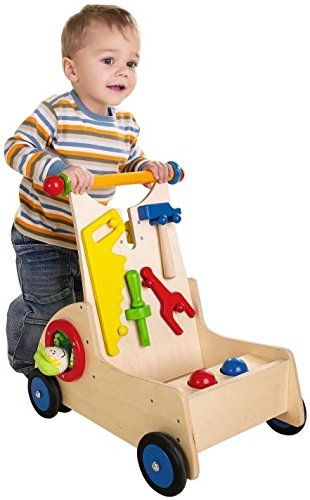
Doctors' opinions are also divided.
Well, of course, and we also have our own opinion on this matter.
We are not doctors, but we are mothers ourselves, and we have been working with other parents for a long time, so we have formed a certain selection of opinions.
So, some doctors and some parents are sure that walkers are the worst evil for the musculoskeletal system. That muscles and bones are somehow not loaded in them, which subsequently leads to health problems. Is it so?
Let's talk about regular walkers and wheelchairs
healthy for the child and harms rather than brings at least some benefit.
But, friends, any thing should be used for its intended purpose.
Frequently asked question: At what age can a walker be used?
For children's products, as a rule, age limits are indicated, but the most important thing is not the numbers of your baby's age, but his skills.
Instructions for walkers often say “from 6 months”, assuming the ability to roll over, pull up, sit up by this age.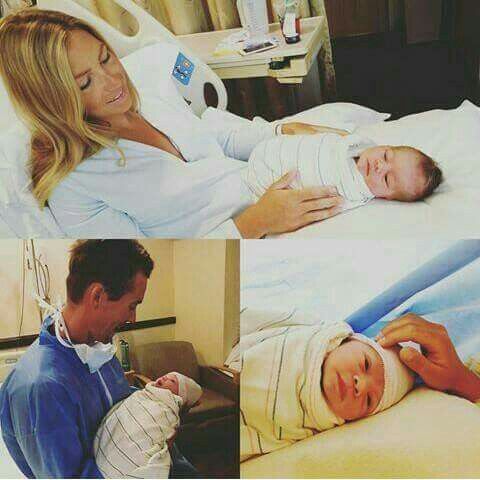
But not all children who are 6 months old can do all this. And someone knows much earlier.
Therefore, for walkers in which the baby is put inside (not a wheelchair), the following rule applies:
The child should already be able to sit confidently.
Do not try to sit down, do not collapse when you do not hold him, sitting, but in all seriousness, sit like an adult.
He may be 4 months old or 8 - in this case, the figure is not important.
The ability to sit indicates that the child has already formed enough bone and muscle apparatus for a new type of exercise such as walking with support.
No, you won't damage his spine, because if the baby is already sitting, then the spine and pelvis are ready for vertical loading.
No, you won't break his legs, because he doesn't lean on them with all the weight of his body.
But at the same time, the legs get freedom and can learn new movements. And it does so safely, because the baby does not fall, supported by a wide bumper and fabric seat.
He can't hit, can't reach what he doesn't want to reach yet.
He cannot crawl or roll in an unknown direction and hide from view.
In addition to the fact that he gets the freedom of movement and new sensations, the baby now opens up new horizons of visibility.
If before he only lay or sat still and looked around the limited space, now he rides all over the apartment, from a vertical position he opens up a much wider view.
And it still doesn't say anything about the fact that all walkers are also a great educational toy. Everyone has musical panels with toys that you can play on the go and during the “halt”.
The pads are removable, so when the baby has worked up and is tired, but does not want to part with the toy, it can be removed and played separately.
Now about wheelchairs.
For them the same story on age restrictions. Usually the manufacturer writes "from 9 months."
Let's talk about skills again.
The stretcher can be given to a child who can already stand confidently without support. At least a few seconds.
Often children who are ready to take their first steps do not dare to take them for a long time.
And this happens not because something is wrong with their health, but because they are just scared. And don't worry about support.
In general, walking with a wheelchair is no different from walking by the handles. Of course it's for the baby. But it's very different for mom!
We all know how the back hurts from endless walking in a bent position. By the way, doctors have practically no complaints about wheelchairs. Again, if you use them when you can already.
A wheelchair is also not just a walker that helps the baby to master the skill of walking. These are developing centers that you can play with while sitting.
Some strollers are transformable, offering even more options for play.
Look after his condition: if he is tired, if he starts to collapse and lean on the bumper.
On average, it can be 10-15 minutes at a time and about 1 hour per day in total.
This is for a walker that you put your baby in.
For walkers, the range may be wider depending on how active and energetic your child is.
his skills allow him to walk for as long as he wants.
So what are the pros and cons of walkers?
Pluses: this is an aid in mastering new skills, a variety of games and sensations.
Cons: fears and doubts of parents.
First of all, you always decide what is good and what is bad for your child.
You listen to the many opinions of the surrounding competent and not very competent people and form your own - the most important, the most correct opinion.
Yes, yes, because in the variety of judgments one can easily get lost, but still never know the truth.
In any case, you can always try a walker and stop using it if something seems to be going wrong.
If you decide to try it, you can choose a walker or walker from our range here.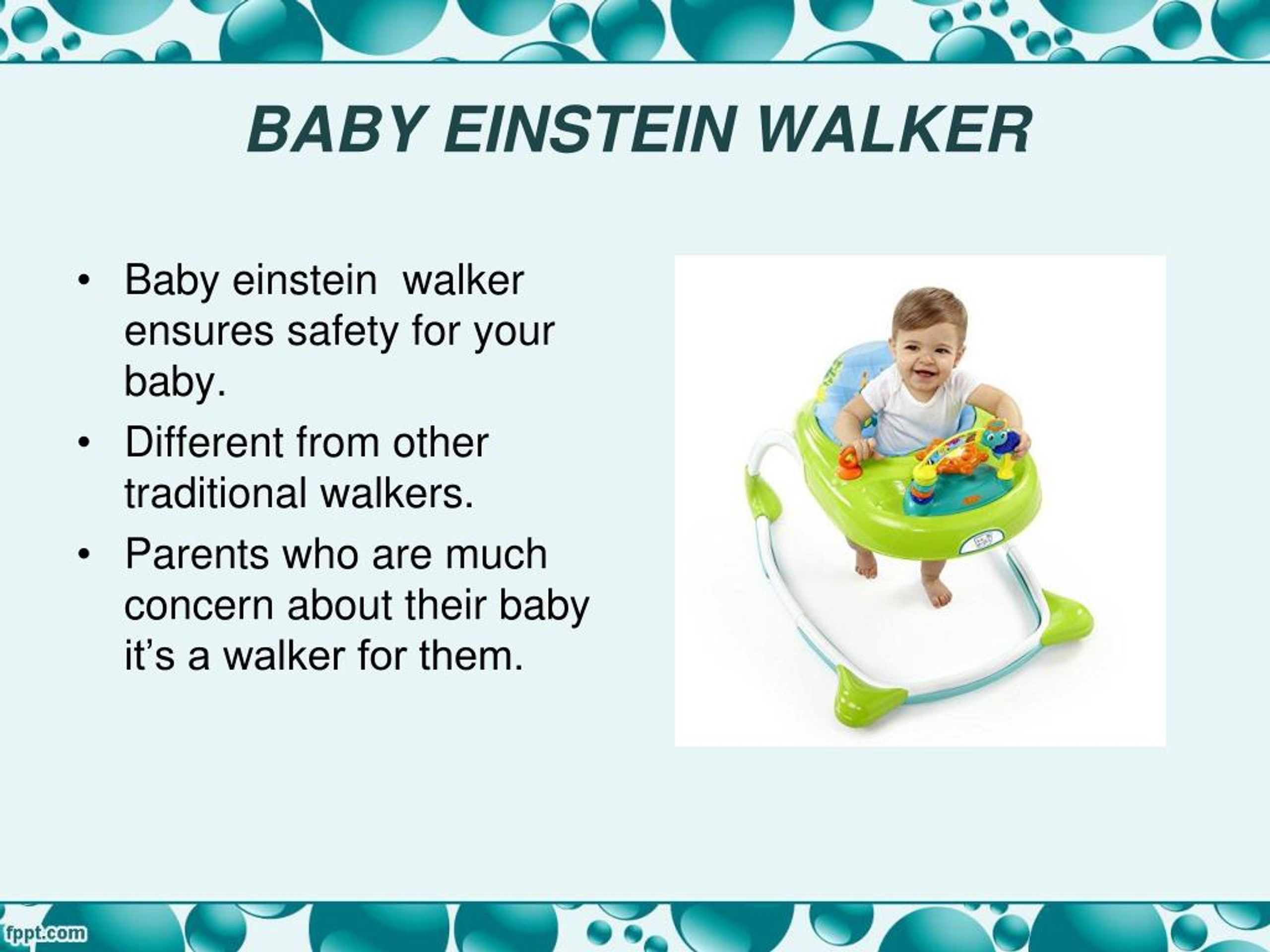
And, please note, only children without disorders of the musculoskeletal system can use walkers! If you have even the slightest doubt, be sure to consult your doctor.
Should I buy a walker?
Communication
Mom Alena
over a year ago
My baby is already 8 months old. He stands confidently and sometimes even tries to take steps. But the baby never learned to crawl. Therefore, the husband offers to buy a walker, which will become an assistant for his son in moving around the house. I'm afraid that this purchase will do more harm than good. After all, prolonged use of walkers is undesirable and can adversely affect the formation of the spine. Tell me which model to look at? Or should we abandon this idea?
4
like
subscribe
complain
Your answer:
Get notified
Other topics discussed:
What to look for when choosing a baby stroller?
What guided you in choosing the first stroller for your baby? What points are worth paying attention to? Perhaps you can recommend a specific one.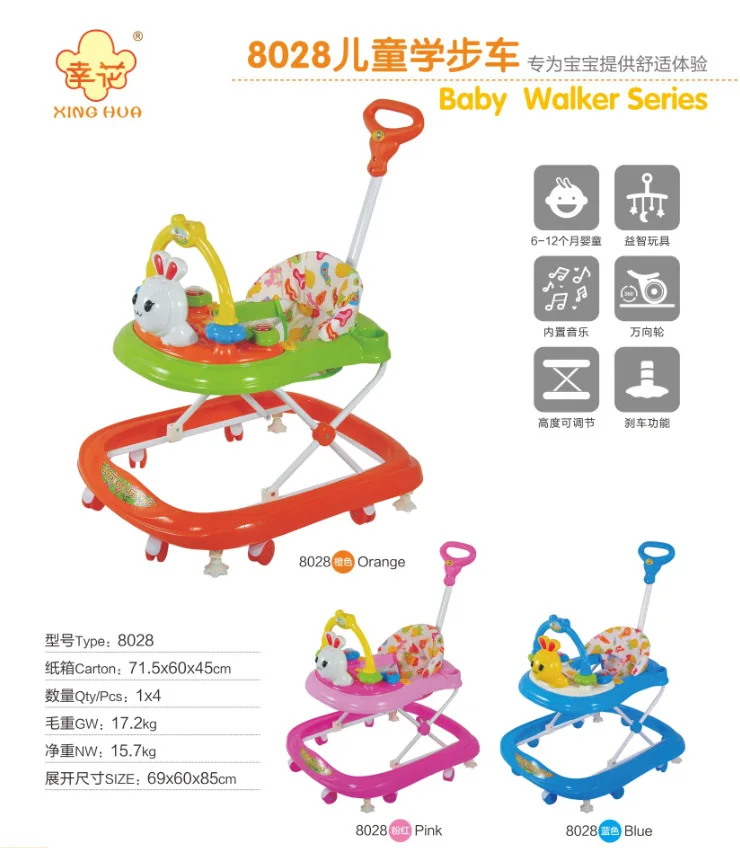
Does a child need a playpen?
The child does not want to sit in the crib at all, she thought about buying an arena. But there are doubts. On the one hand, this is the same bed, it can still be boring to sit in it. On the other hand, they say that the bed should be associated with sleep and it is not desirable to play in it. And up to what age can they...
Inflatable neck ring for children for bathing and swimming. Your opinion?
I saw in the shop an inflatable circle around the neck for bathing and swimming children. The circle is equipped with a rattle, two cameras, plastic handles, the baby in the packaging photo looks funny. Does any of the mothers use a similar device for bathing a baby? Is it child friendly? and how in practice...
Do I need to buy jumpers for my child?
I wanted to please my nephew and bought jumpers. In the instructions for them I read that you can use them from 4 months. My sister went to see an orthopedist and they were told that jumpers cause great damage to the spine and should not be used.
